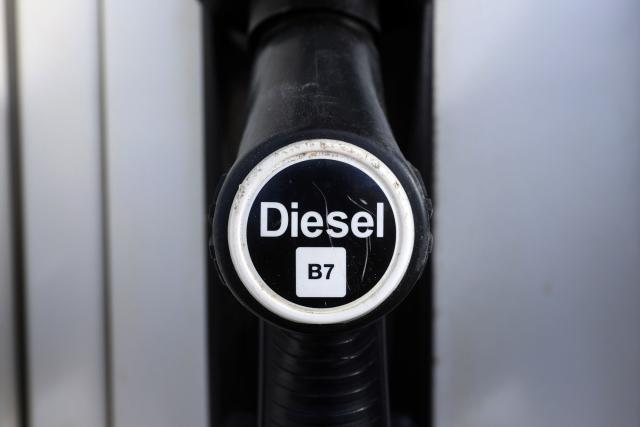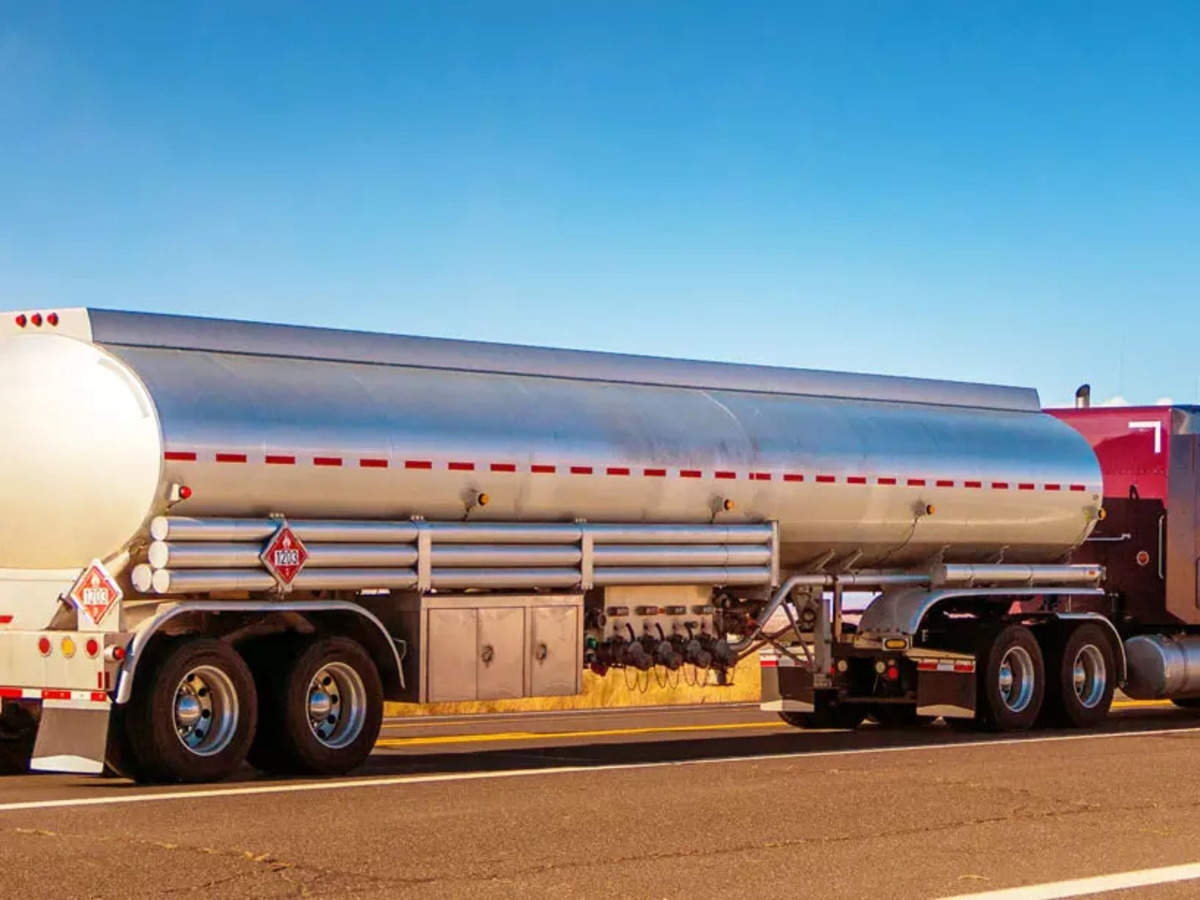In 23 days, where will Europe get its diesel?

Diesel shipments by sea from the largest foreign supplier to the European Union will be all but prohibited in less than three weeks. Who will make a move to close this massive supply gap? Will there be enough, too? Is the bloc unknowingly heading toward a fuel crisis?
Approximately 220 million barrels of diesel-like products were imported by the EU from Russia last year, according to data gathered by Bloomberg from Vortexa Ltd. The fuel powers vehicles such as automobiles, trucks, ships, construction and industrial machinery, and more, and is essential to the economy of the bloc. It will be difficult to replace that much Russian gasoline, which would fill 14,000 Olympic-sized swimming pools.
Some development has already been made. In 2021, more than half of all seaborne shipments to the EU and the UK, both of which already had bans in place, were made by Russia. By December of the previous year, that ratio had decreased to around 40%, in part as a result of increases from Saudi Arabia and India. There are good reasons to believe that ultimately, barrels from other sources will be able to meet the demand for the last of the Russian supply.The misplaced Russian deliver could be replaced, consistent with Eugene Lindell, head of delicate items on the consultancy Facts Global Energy.
The Middle East is the most obvious location where Europe can obtain more diesel because it is relatively close, especially to nations bordering the Mediterranean Sea provided, of course, that the Suez Canal is not blocked and because there are massive new oil refineries that are going online and will produce millions of barrels of fuel there. Additionally, the Abu Dhabi National Oil Co. has already signed a contract to supply Germany.
Diesel exports from China have grown significantly in recent months. Even if just a small portion of the shipments make it all the way to Europe, they boost local supply. Then, in principle, barrels from other suppliers would have more room to travel to Europe. It is doubtful that China’s first fuel export quota for 2023 would decrease to the low levels recorded in early 2022 because it was approximately 50% higher than the same period a year earlier.
In recent months, China has seen a huge increase in its exports of diesel. Even if only a tiny part of the cargoes make it to Europe, they increase the supply in the local area. Barrels from other suppliers therefore have more room to go to Europe, in theory. Given that it was around 50% higher than the same period a year earlier, it is unlikely that China’s first fuel export limit for 2023 will drop to the low levels seen in early 2022. 
Through the primary 1/2 of of this year, Williams anticipated that China will export 400,000 to 600,000 barrels of diesel-kind gas daily. That’s about the same amount that the EU and the UK now stand to lose in terms of Russian seaborne shipments. Beginning in February, “there’s a whole rejigging in terms of fuel trade flows,” he claimed. However, it’s crucial to keep in mind that China has occasionally chosen to put its environment above earning money from the sale of fuels. It could repeat this.
Although the EU and UK have several alternatives for restocking, there is also a larger question that may arise: Will the EU’s sanctions cause Russian barrels to completely disappear from the international market? What happens if Russia fails to find sufficient new non-EU consumers for its fuels? if it were to subsequently reduce production at its refineries, which may restrict supply globally and perhaps raise prices.
Although this is due to maintenance at oil refineries as well as some trade friction when the sanctions take effect, Lindell anticipates a decline in the nation’s diesel flows for the months of March and April.Getting petroleum out of Russia may be difficult, even if there are many eager customers. Many shippers will be concerned about violating western sanctions, which forbid raising the price of certain cargoes over a ceiling level that is presently being debated by the G-7. 
The process and the actual price ceiling for Russian fuels, which is $60 per barrel for crude oil, have not yet been determined. Russian diesel was valued at $926 per tonne (or $124 per barrel) at the end of last year by the oil price firm Argus Media Ltd.
Non-Russian diesel was $30 per tonne (or $4 per barrel) more costly. A large portion of the world’s tanker fleet would be unable to continue loading and transporting Russian commodities if they wish to use G-7 services like insurance if the upcoming price ceiling were to be placed significantly below market level.
How strong demand will be is the opposite of any inquiry into whether the EU will have enough supply of fuel moving forward.
The recent warm weather in Europe has undoubtedly contributed to a decrease in heating oil use and a price drop for natural gas, which in theory should make it more affordable for oil refineries to produce high-quality diesel and lessen the incentive for businesses to switch to gas instead of oil for power According to Benedict George of Argus, a macroeconomic downturn has been steadily reducing European diesel “Data by country indicate that the demand for diesel in Europe is already at least 5% lower than it was a year ago. The lowest point of diesel consumption during the 2008 recession saw a 10% year-over-year decline.
Although this is the case, Goldman Sachs Group, Inc. no longer predicts a recession in the eurozone since the economy showed stronger resilience at the end of the previous year. The participation of potential intermediary states is crucial in reducing the consequences of the EU prohibition and the associated price constraint. For instance, Turkey, a non-EU member, could potentially import substantial quantities of Russian diesel and use it to supply its domestic market; it already imports a sizable amount.
It may then sell the non-Russian diesel it produces at its own refineries to the EU, maybe for a significantly higher price. Hedi Grati, head of Europe/CIS refining & marketing at S&P Global Commodity Insights, stated that “a prolonged economic slowdown, warm weather, continued tailwinds from better Chinese exports, and a well-oiled fee cap could assist worldwide diesel balances stay feasible” and deliver Europe sufficient preference to tug in alternative barrels. 
The more difficult and potentially fractious things may become, the higher the demand and the sharper the decrease in Russian diesel output.
edited and proofread by nikita sharma





